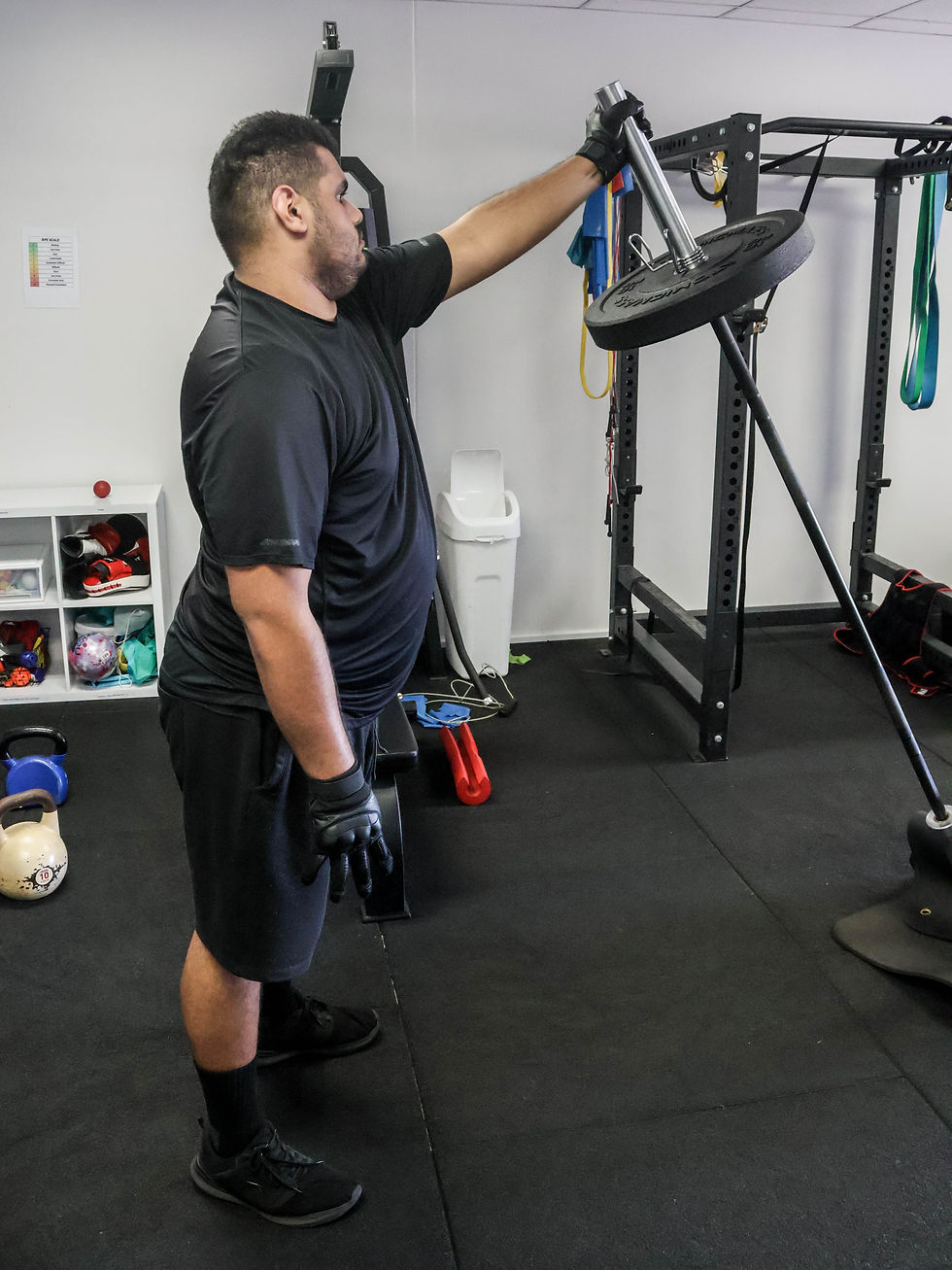Load the bones! Osteoporosis & Exercise
- vitalityhealthrehab

- Feb 7, 2023
- 2 min read
Osteoporosis is a chronic condition involving issues with bone turnover and remodelling. For people with Osteoporosis, this results in bones becoming brittle and weak, increasing risk of fracture. The most common sites for fracture from OP are the hip, wrist, and spine. Individuals who suffer from a fracture face an increased risk of further chronic pain, disability, loss of independence and premature death.
It is estimated that 974,000 Australian’s suffered with Osteoporosis between 2017 and 2018. 20% of people of 75 years of age suffered from osteoporosis during this same time. Women are at an increased risk compared with men, with 29% of women over 75 years suffering from the condition opposed to men at 10%.
Exercise has been demonstrated to aid in the prevention and treatment of Osteoporosis. More specifically, weight bearing exercise can maintain and improve bone mineral density, decreasing future risk of Osteoporosis as we age. For individuals suffering with Osteoporosis, this can be of equal importance to prevent the condition worsening.
Weight bearing exercise refers to any exercise where the body is being supported by it’s own strength. The benefits for bone health from exercise come from stressing the bone, causing it to become stronger for the next time it needs to handle that stressor. Adequate amounts of stress can be placed on bones by adding external load (weight training). More impactful exercise, such as landing from a jump, or the foot hitting the ground when running, are also methods to increase stress on bones to cause them to increase density.
Of course, there is a balance between too much bone stress and not enough, as too much could cause a fracture in individuals with Osteoporosis. For this reason, it is important to use an Exercise Physiologist or other health professional to guide exercise treatment of Osteoporosis.
Exercise is a vital and necessary component of Osteoporosis management and prevention. For healthy individuals aiming to reduce their risk of developing Osteoporosis, weight training, plyometrics and high intensity interval training can be appropriate forms of exercise.
For individuals managing Osteoporosis, variety of exercises, regular strength training 3-4 x week in addition to calcium and Vitamin D supplements can be the right recipe for maintaining a sound bone mineral density.
For advice on how to manage your Osteoporosis and other co-morbidities, contact our team today!





Comments